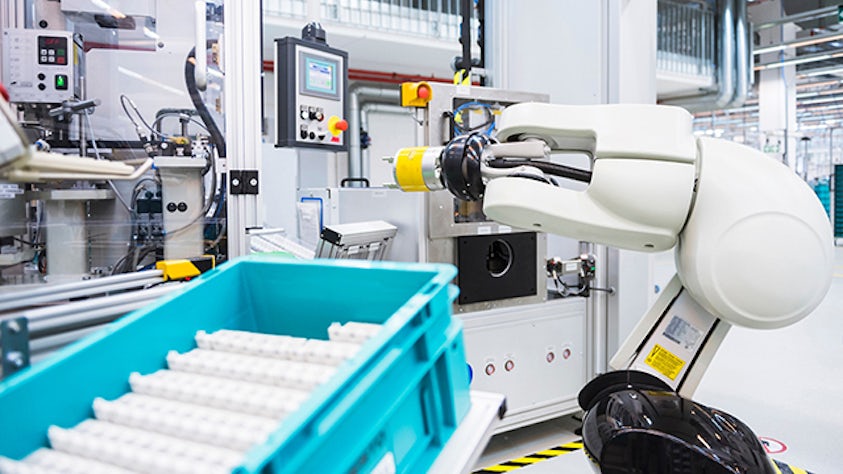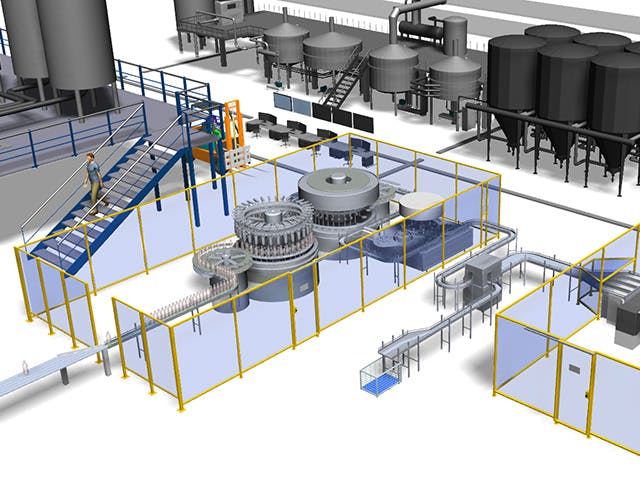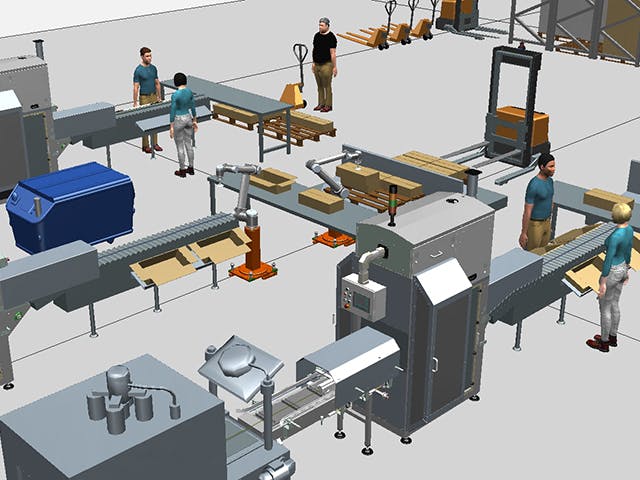Las fábricas con luces apagadas, y más comúnmente, las células de fabricación sin luces, son posibles hoy en día debido al desarrollo y la madurez de numerosas máquinas y robots automatizados y un software integral y probado de gestión de operaciones de fabricación (MOM). La mayoría de los sistemas automatizados pueden realizar tareas sin intervención humana. El software MOM puede orquestar procesos de fabricación totalmente automatizados. Este software también proporciona visibilidad de los procesos de producción autónomos. Las partes interesadas humanas pueden supervisar de forma remota las operaciones de apagado de luces y recibir alertas para realizar actividades o intervenciones complementarias.
La fábrica de luces apagadas se implementa fácilmente para la producción en masa simple de un producto estándar en un horario fijo. Una fábrica completamente oscura se vuelve más difícil (aunque no imposible) a medida que los productos crecen en complejidad y la personalización masiva crea muchas variantes de productos. Los fabricantes que experimentan estas tendencias pueden beneficiarse de una planta de producción "escasa", donde la fabricación sin luces se limita a operaciones y áreas específicas. De esta manera, muchos fabricantes podrían obtener las ventajas de la producción autónoma sin tener que hacer la transición completa a una fábrica con las luces apagadas.
Productos relacionados: Opcenter | Tecnomatix





